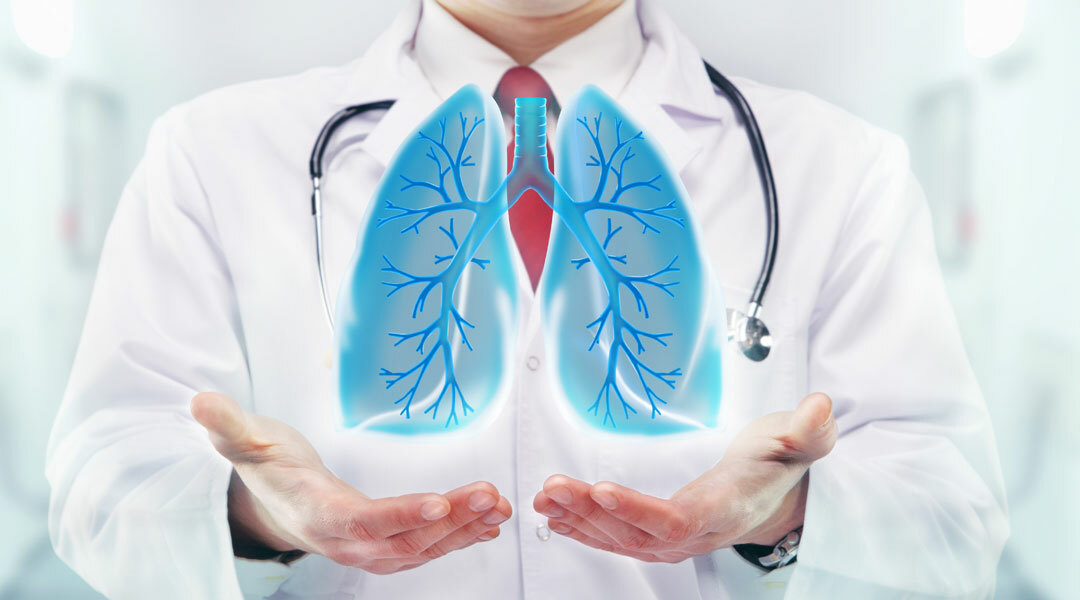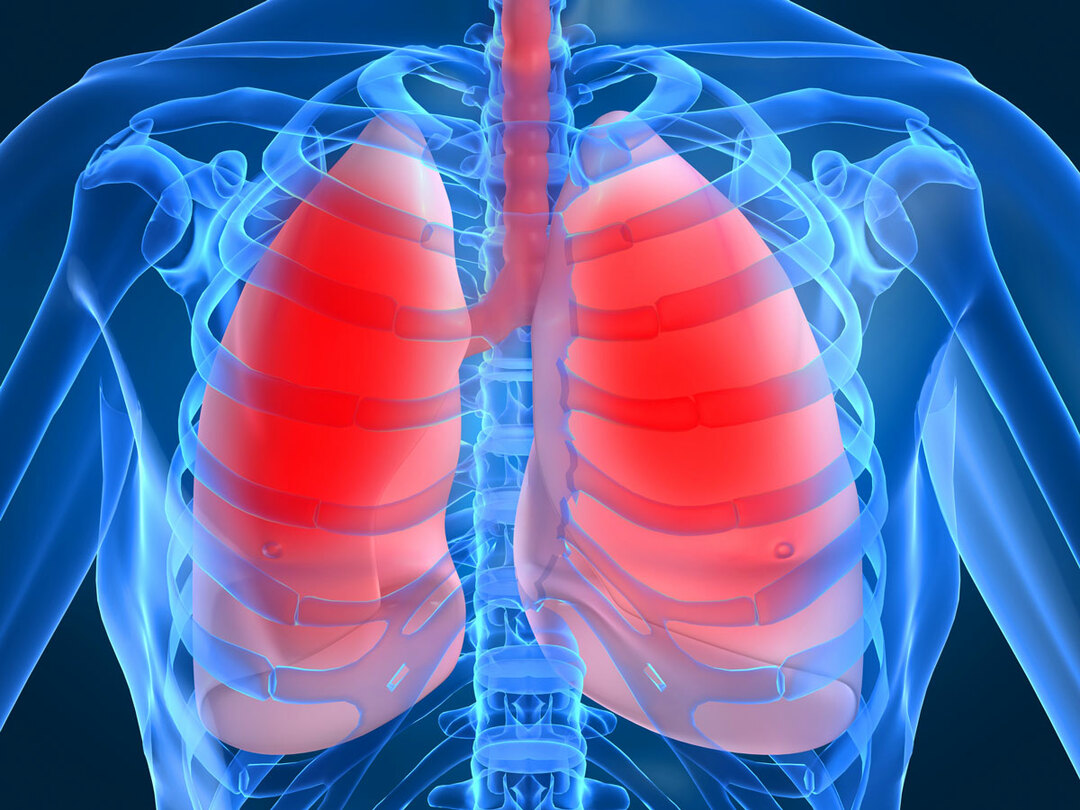Pulmonary eosinophilia: species, treatment
 Pulmonary eosinophilia( pulmonary infiltrationwith eosinophilia) is a group of pathological conditions of the lung that is characterized by the presence of a hypereosinophilic syndrome( HES).These diseases occur in the general practice of the doctor quite often. Hypereosinophilic syndrome is a complex of symptoms in which hypereosinophilia of blood( above 1.5 * 109 / L), tissue hypereosinophilia of the lungs, eosinophilia of sputum, pleural puncture and flushing from small bronchi and alveoli are observed.
Pulmonary eosinophilia( pulmonary infiltrationwith eosinophilia) is a group of pathological conditions of the lung that is characterized by the presence of a hypereosinophilic syndrome( HES).These diseases occur in the general practice of the doctor quite often. Hypereosinophilic syndrome is a complex of symptoms in which hypereosinophilia of blood( above 1.5 * 109 / L), tissue hypereosinophilia of the lungs, eosinophilia of sputum, pleural puncture and flushing from small bronchi and alveoli are observed.
Etiology and pathogenesis of
Groups of risk are patients who have a history of the following diseases:
- allergic reactions of different etiology( pollinosis, bronchial asthma, intolerance to drugs, etc.);
- hematological pathologies( Fanconi anemia, lymphogranulomatosis, immunodeficiency syndromes, leukemia);
- malignant neoplasms;
- malaria, helminthiases;
- lesions of internal organs( skin diseases, vasculitis, rheumatic diseases and collagenoses, pathological conditions of the heart, lungs, liver, organs of the gastrointestinal tract, central nervous system).
The burden of hereditary anamnesis is also important.
The number of eosinophils in the leukocyte formula of peripheral blood distinguishes three degrees of eosinophilia:
- to 20% - insignificant;
- 20-50% - moderate;
- over 50% - expressed.
Depending on the etiologic factor, pulmonary eosinophils are divided into primary and secondary. Distinguish such clinical forms of pulmonary eosinophilia( classification by A. Fischman):
- parasitic eosinophilic pneumonia;
- medicinal eosinophilia;
- eosinophilic pneumonia:
- with broncho-obstructive syndrome;
- with systemic manifestations;
- of an unclear etiology.
For drug pulmonary eosinophilia is characterized by:
- 10-25% of eosinophils in the leukocyte blood test;
- tissue damage;
- prolonged antibiotic treatment( especially penicillin), nitrofurans, sulfonamides, vitamins of group B.
When exposed to certain drugs, the following changes in lung parenchyma:
- fibrosing alveolitis( cytostatics, ganglionic, nitrofurans);
- non-cardiogenic pulmonary edema( DOXA, mercury diuretics, haloperidol, penicillin, salicylates, barbiturates, opiates);
- Goodpasture syndrome( D-penicillamine);
- phospholipidosis of the lungs( ammidarone);
- obliterative bronchiolitis( sulfosalazine, D-penicillamine);
- violation of blood supply to the lungs( progestins, contrast agents, oral contraceptives, diuretics).
Leffler's syndrome
Simple eosinophilic pneumonia( Leffler's syndrome) is characterized by the presence of "volatile" infiltrates, which are usually resolved on their own. They are found only on a survey radiograph of the chest. The cause of the development of such pneumonia is often parasitic infestations. The etiological factors of the Leffler syndrome include:
- sensitization to fungal antigens or pollen allergens;
- helminthiases( ankylostomiasis, ascariasis, schistosomiasis, strongyloidiasis);
- allergy to medicinal and food allergens;
- "nickel" infiltrates, the appearance of which is related to professional activities. Clinically
Loeffler's syndrome manifested by the following symptoms: dry cough( rarely distinguished bloody sputum viscous), painful sensation in the trachea. X-rays are determined by rounded infiltrates up to a few centimeters in diameter. The process is two-sided. Infiltrates can self-resolve without leaving behind scars. In the blood test, eosinophilia is detected over 10%, an increase in the level of immunoglobulin E.
The outcome of the disease is favorable in eliminating the cause of the onset.
Acute eosinophilic pneumonia is characterized by severe course, bacterial pulmonary destruction, development of signs of lung failure, respiratory distress syndrome, eosinophilia over 40% in bronchoalveolar lavage fluid. Clinically characterized by acute onset( up to 5 days), signs of lung failure, which requires respiratory support, as well as chest pain, fever, myalgia. With auscultation of the lungs, weakened vesicular breathing is determined, wheezing. On the roentgenogram note the presence of intense infiltrates of mixed nature. In the analysis of blood eosinophilia is detected up to 15%, in bronchoalveolar flushing eosinophilia is more than 40%.
The outcome of the disease is favorable in the appointment of glucocorticosteroids.
Chronic eosinophilic pneumonia is similar to Leffler's syndrome, differs by the existence of infiltrates over 4 weeks and their recurrence. The clinic is characterized by the presence of intoxication, prolonged fever, weight loss, high eosinophilia of the blood, infiltrates in the lungs and effusion in the pleural cavity. The outcome of the disease is favorable.
For treatment use glucocorticosteroids( 4-6 weeks), antimycotic drugs, degelmentizatsiyu.
Idiopathic hypereosinophilic syndrome is characterized by polyorganic lesion( infiltration by eosinophils) and prolonged hypereosinophilia in the blood.
For diagnosis it matters:
- eosinophilia for more than half a year;
- absence of allergies and parasitic infestations;
- prevalence of symptoms of multiple organ dysfunction.
Clinically, the onset of the disease is acute or subacute, characterized by a decrease in body weight, anorexia, abdominal pain, unproductive cough, venous thrombosis, night sweats, fever and skin itching. Later, there is a syndrome of multiple organ damage: infiltrates in the lungs, effusion in the pleural cavity, heart failure, hepatosplenomegaly, CNS disorders. In the analysis of blood, anemia, leukocytosis with hypereosinophilia, and sometimes thrombocytopenia are detected. When examining the bone marrow, hyperplasia of the eosinophilic germ is determined.
Glucocorticosteroids, interferon, cyclosporine, as well as surgical intervention on damaged vessels are used for treatment. Specific therapy is indicated on condition of detection of multi-organ damage, in other cases it is necessary to observe the patient. The outcome of the disease is unfavorable, a lethality of 75% in 3 years from the onset of the disease.
Allergic bronchopulmonary aspergillosis is a pathological condition of the lungs caused by a mold fungus of the genus Aspergillus. They contribute to the development of the disease lack of adequate nutrition, frequent overfatigue, prolonged use of hormonal, antibacterial, cytotoxic drugs, radiotherapy, as well as diseases such as: tuberculosis, diabetes, hematological diseases, neoplasms, destructive lung damage. It is characterized by frequent exacerbations, development of bronchiectasis and mucous plugs, prolonged airway obstruction, symptoms of recurrent infection. Clinically, there is an increase in body temperature, hypereosinophilia in the blood, sputum, detection of spleen in the spleen of the fungus colonies, determination of the increased IgE content and specific ATs to the fungus.
Antifungal antibiotics( ketoconazole, amphotericin B, flucytosine, amphoglucamine) are used for treatment. Preparations are used by inhalation, transbronchial, transthoracal, aerosol. Also prescribed medications are iodine, prednisolone, euphyllin, surgical treatment.



